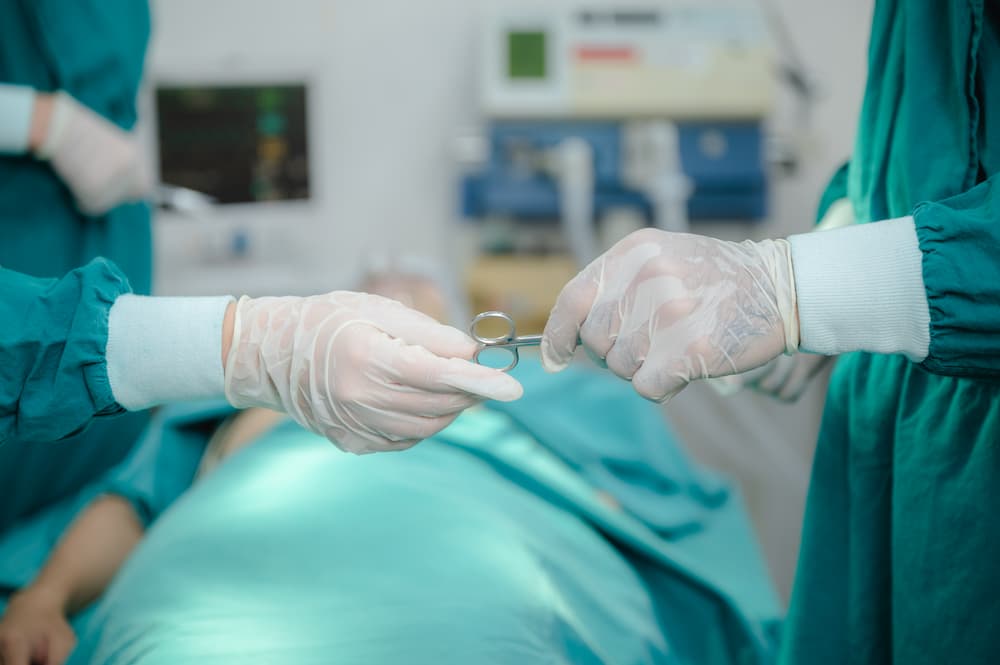Hysteroscopy polypectomy is a minimally invasive surgical procedure used to remove polyps from the uterus. Polyps are growths attached to the inner wall of the uterus that extend into the uterine cavity. These growths are usually noncancerous (benign), but they can cause problems such as irregular menstrual bleeding, infertility, and other reproductive issues. This article will delve into the details of hysteroscopy polypectomy, its benefits, and its significance in women’s health.
What is Hysteroscopy Polypectomy?
A hysteroscopy polypectomy involves the use of a hysteroscope—a thin, lighted telescope-like device inserted through the vagina and cervix into the uterus. This allows the doctor to view the inside of the uterus on a screen and remove any polyps present.
The Procedure
Preparation
- Consultation and Evaluation: Before the procedure, a thorough consultation and evaluation are conducted, which may include ultrasound or other imaging studies to locate and assess the polyps.
- Anesthesia: Depending on the complexity of the procedure and the patient’s comfort, local, regional, or general anesthesia may be administered.
Steps of the Procedure
- Insertion of the Hysteroscope: The hysteroscope is gently inserted through the vagina and cervix into the uterine cavity.
- Visual Examination: The uterine cavity is examined, and polyps are identified.
- Polyp Removal: Special surgical instruments are passed through the hysteroscope to remove the polyps. The removed tissue may be sent to a lab for further analysis.
Benefits of Hysteroscopy Polypectomy
- Minimally Invasive: The procedure is minimally invasive, resulting in less pain and quicker recovery compared to traditional surgical methods.
- Diagnostic and Therapeutic: Hysteroscopy allows for both the diagnosis and treatment of uterine polyps in one procedure.
- Improved Fertility: Removing polyps can improve fertility and increase the chances of a successful pregnancy for women experiencing infertility.
- Symptom Relief: The procedure can alleviate symptoms such as abnormal bleeding and pelvic pain, improving overall quality of life.
Recovery and Aftercare
Recovery from a hysteroscopy polypectomy is typically quick. Most patients can return home the same day and resume normal activities within a few days. Common post-procedure experiences include mild cramping, spotting, and discharge, which usually resolve within a few days.
Risks and Considerations
While hysteroscopy polypectomy is generally safe, there are potential risks, including:
- Infection
- Uterine perforation
- Bleeding
- Anesthesia-related complications
When to Consult a Doctor
Women experiencing symptoms such as abnormal menstrual bleeding, pelvic pain, or infertility should consult with their OBGYN. Early diagnosis and treatment can prevent complications and improve reproductive health.
Plaza OBGYN: Expertise in Women’s Health
At Plaza OBGYN, located in the Medical Center of Houston, patients receive expert care from experienced OBGYNs who specialize in procedures like hysteroscopy polypectomy. With over 40 years of experience, Plaza OBGYN offers state-of-the-art facilities, including a medspa and an in-house surgery facility, ensuring comprehensive and personalized care for all women’s health needs.
Conclusion
Hysteroscopy polypectomy is a crucial procedure for diagnosing and treating uterine polyps, providing relief from symptoms and improving fertility. Understanding the procedure, its benefits, and potential risks empowers women to make informed decisions about their health. For those experiencing symptoms or seeking expert care, Plaza OBGYN in Houston offers the experience and facilities necessary to provide the highest standard of care.





